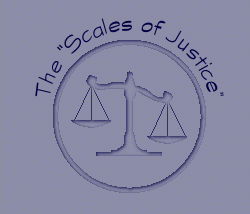
Profiling is an investigative tool used to help Law Enforcement Agencies solve crime. There are different titles for Profiling, but it is generally referred to as Criminal Profiling.
Most Profilers are employed in Law Enforcement and have knowledge of Psychology as the suggestions made by a Profiler usually involve knowledge of the human personality and of psychological disorders. It would be very rare to find a Profiler that didn't work in a career other that Profiling. This is because Profiling is used on a "as needed" basis hence it being an investigative tool.
The FBI Behavioural Science Unit, in Quantico, Virginia, undertook a study between 1979 and 1983. This involved visiting Correctional Institutions and interviewing Offenders. They learnt the Offenders'crimes, concentrating on specifics such as their backgrounds, their crimes, the crime scenes and their victim(s). They also looked at police records, court transcripts and criminal and psychiatric records. The information collected in this study, served as a basis for the understanding and learning of the methods used today to Profile a perpetrator. (Crime Library)
When Profiling a crime certain steps must be taken to provide an informative, accurate and factual Criminal Profile.
Practical Homicide Investigation, 2nd Ed cites "The criminal personality profile is based upon a good crime scene examination and adequate information supplied to the profiler. In order to facilitate this process there are certain steps that must be taken at the scene...
The following items are necessary to create a profile:
I. Complete crime scene photographs...
II. Neighborhood, racial, ethnic and social data...
III. Complete Medical Examiner's autopsy protocol...
IV. Map of the victim's travels prior to death/attack/kidnapping...
V. Complete investigation report of the incident...
VI. Complete background of the victim (Victimology)..."
(Geberth, V. 1993)
The purpose and ultimate objective of a Criminal Profile is to provide specific information eg. age range, gender, probable trade/career, probable living arrangement about an unknown suspect to the investigators that will assist in the identification and ultimate apprehension of the perpetrator(s). The profile will aid investigators to limit their suspects to a smaller pool of suspects with more unique characteristics and habits.
Above has provided a broad look at Criminal Profiling. If you'd like to learn more, there are many books available on the topic or you can look at my links page where I've listed some great sites full of information on Profiling and more.